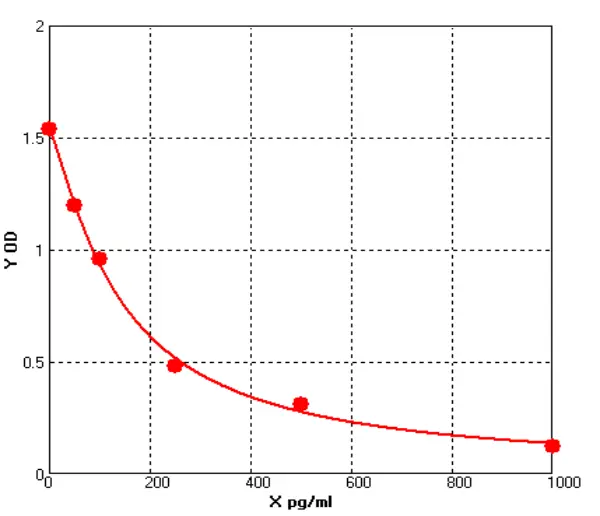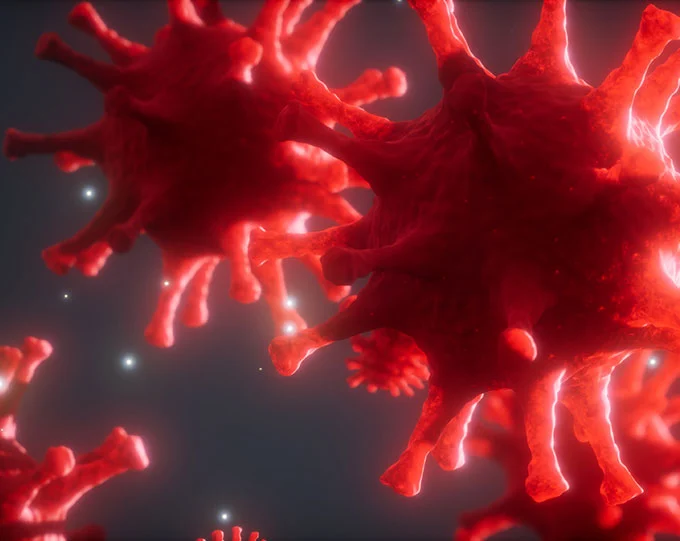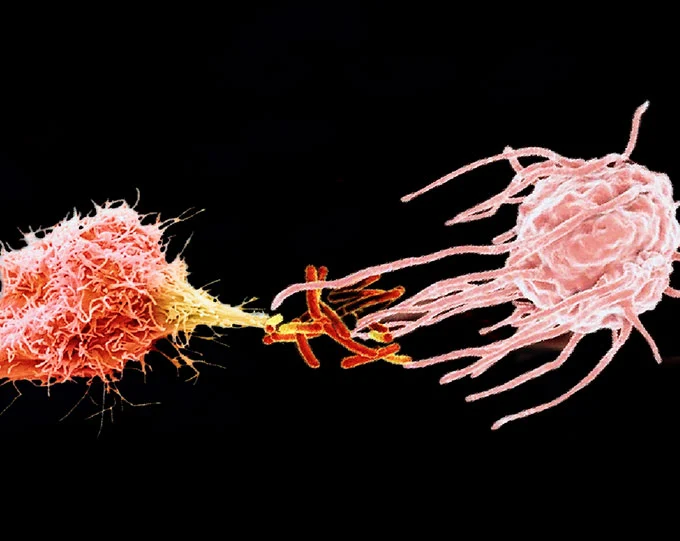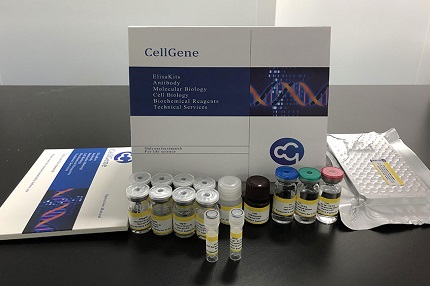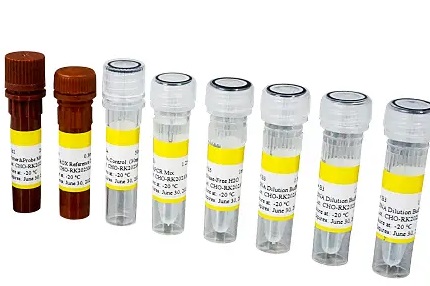- Host Cell Protein Detection Kits
- Host Cell DNA Residue Detection Kits
- Antibodies
- Recombinant Proteins
- ELISA Kits
- Cellular Component Protein Library
- Plasmids
- Promotions
-
Exhibition review | The 6th BIONNOVA BioPharma Innovators Summit & Expo Successfully Concluded at Shanghai Science Hall on April 9-10, 2025
Symposium HighlightsThe summit comprehensively addressed critical topics across biopharmaceutical R&D and manufacturing, including:Therapeutics Development: Antibody drugs, antibody-drug conjugate...
Apr.24, 2025Read More > -
Epinephrine ELISA: Sensitive and Reliable Quantification of Epinephrine
Principle of the Epinephrine ELISAThe Epinephrine ELISA can be used for the in vitro quantitative detection of epinephrine in human plasma and urine. The Epinephrine ELISA utilizes a sandwich method p...
Apr.24, 2025Read More > -
NS0 Host Cell DNA Origin and Control
NS0 host cell DNA refers to the deoxyribonucleic acid (DNA) of NS0 cells (mouse myeloma cell line) used as hosts in the production of biological products (such as antibodies and other protein drugs).N...
Apr.22, 2025Read More >
BlueGene Biotech's Research For Cardiovascular
1. Circulatory System In The Human Body
They form a circulatory system in the human body, that is, the cardiovascular system. The heart controls the circulation of blood in the blood vessels through contraction and then aims to provide oxygen, various nutrients and hormones to maintain life activities. In this process, it will also be able to eliminate the waste generated by metabolism through the excretory organs.
2. Cardiovascular System's Components
The cardiovascular system is composed of the heart and blood vessels, and blood vessels include arteries, veins and capillaries. The heart is the power organ that drives blood flow. The heart is divided into four cavities, that is, the left and right atrium, the left and right ventricle. Arteries are the blood vessels that carry blood out of the heart. Veins are blood vessels that carry blood back to the heart. Capillaries are blood vessels connecting arteries and veins with very thin pipe diameters and very thin pipe walls. The cycle of blood is a process that goes round and round, it is starting from the ventricle and returns to the atrium through arteries, capillaries and veins, and then this is called blood circulation. It is also divided into the systemic circulation and pulmonary circulation.



